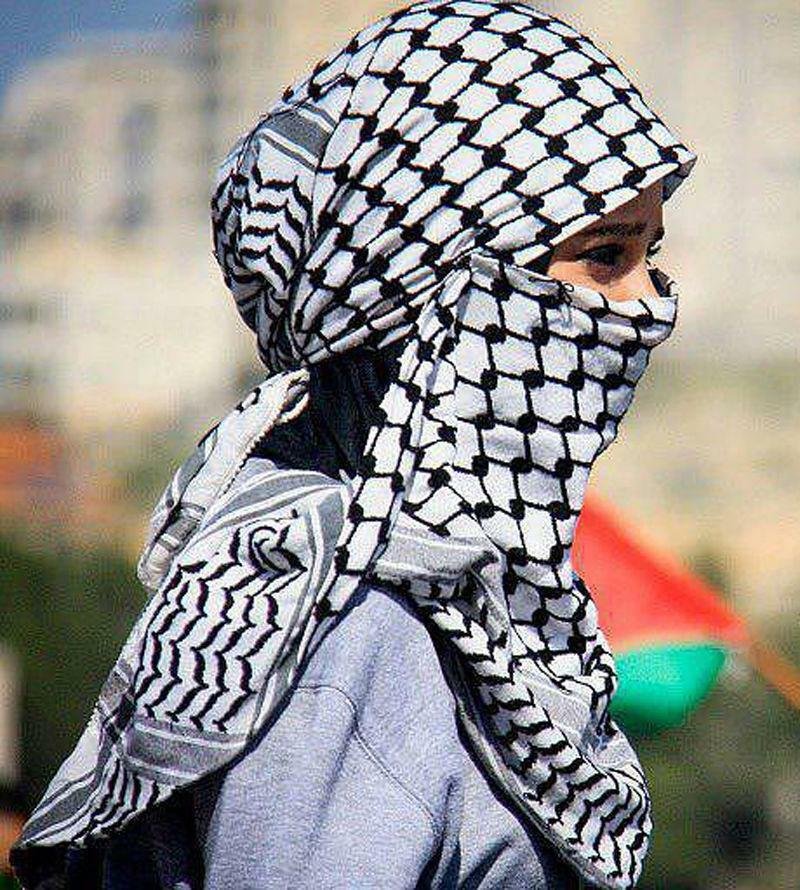The Met Gala: A Celebration of Art, Fashion, and Culture
The Met Gala, officially known as the Metropolitan Museum of Art Costume Institute Benefit, is one of the most prestigious and highly anticipated events in the world of fashion and culture. Every year, this glamorous event brings together the biggest names in fashion, entertainment, art, and philanthropy to celebrate creativity and raise funds for the museum’s Costume Institute. This article delves into the history, significance, and impact of the Met Gala, exploring its themes, attendees, and its influence on global fashion.
The Origins of the Met Gala
The Met Gala was founded in 1948 by Eleanor Lambert, a publicist who was instrumental in shaping the American fashion industry. Initially conceived as a fundraising dinner for the Costume Institute, the event aimed to encourage donations from New York’s high society. At the time, tickets cost just $50, and the event was relatively modest compared to today’s grand spectacle.
Over the decades, the Met Gala evolved into a cultural phenomenon under the stewardship of Anna Wintour, the editor-in-chief of Vogue magazine. Wintour took the helm of the event in 1995 and transformed it into a high-profile affair that combines art, fashion, and celebrity culture. Today, the gala is one of the most exclusive events in the world, often referred to as “fashion’s biggest night.”
Purpose and Philanthropy
At its core, the Met Gala is a fundraiser for the Costume Institute, which is the only department of the Metropolitan Museum of Art that relies on self-funding. Proceeds from the gala contribute to the Institute’s exhibitions, acquisitions, and programming. Over the years, the event has raised millions of dollars, ensuring the continued success of the Costume Institute’s efforts to preserve and showcase the history of fashion.
In addition to fundraising, the Met Gala serves as the opening night for the Institute’s annual fashion exhibit. These exhibits explore various aspects of fashion history and culture, often challenging traditional notions of art and design. The gala and its accompanying exhibitions have become a platform for celebrating the intersection of fashion, art, and society.
Themes: The Heart of the Gala
Each year, the Met Gala is centered around a specific theme that reflects the Costume Institute’s exhibition. These themes serve as a creative prompt for attendees, who are encouraged to interpret the theme through their attire. The result is a dazzling array of fashion statements that range from elegant to avant-garde.
Some of the most memorable themes in recent years include:
- 2018: “Heavenly Bodies: Fashion and the Catholic Imagination” – An exploration of the relationship between fashion and religious art.
- 2019: “Camp: Notes on Fashion” – Inspired by Susan Sontag’s essay “Notes on Camp,” this theme celebrated exaggerated and theatrical fashion.
The themes not only inspire creative designs but also spark conversations about culture, history, and the role of fashion in society.
The Guest List: A Who’s Who of Culture
The Met Gala is an invitation-only event, and the guest list is curated by Anna Wintour herself. Attendees include A-list celebrities, renowned designers, influential artists, and prominent figures from various industries. The exclusivity of the guest list adds to the event’s allure, making it a must-attend occasion for those at the pinnacle of their fields.
In addition to individual attendees, many celebrities attend the gala as the guests of fashion houses or designers. This partnership often results in iconic collaborations, with designers creating custom looks for their muses to showcase on the red carpet.
The Fashion: Where Art Meets Expression
The Met Gala red carpet is a spectacle in itself, often rivaling the exhibitions it celebrates. Attendees use fashion as a medium to interpret the theme, resulting in bold, innovative, and thought-provoking designs. The red carpet is not just a display of luxury; it’s a platform for artistic expression and storytelling.
From Rihanna’s ornate yellow gown by Guo Pei in 2015 to Lady Gaga’s multi-layered performance on the 2019 red carpet, the Met Gala has produced countless unforgettable fashion moments.
Cultural Impact and Criticism
The Met Gala’s influence extends far beyond the world of fashion. It has become a cultural touchstone, inspiring discussions about art, identity, and the role of fashion in society. The event is extensively covered by media outlets, and its red carpet looks are analyzed and celebrated by fans around the world.
However, the gala has also faced criticism. Some argue that its exclusivity and emphasis on celebrity culture overshadow its philanthropic mission. Others question whether the extravagant displays of wealth are appropriate in a world facing pressing social and economic issues. Despite these criticisms, the Met Gala continues to be a powerful platform for creativity and cultural dialogue.
Behind the Scenes: Planning the Gala
Organizing an event as grand as the Met Gala requires meticulous planning and coordination. The process begins months in advance, with the selection of the theme being a crucial first step. Once the theme is decided, designers, stylists, and celebrities begin collaborating to create their red carpet looks.
The event’s production involves everything from elaborate decor to a carefully curated menu. Each detail is designed to align with the theme, ensuring a cohesive and immersive experience for attendees. The evening typically includes a cocktail reception, a formal dinner, and a performance by a prominent artist.
The Future of the Met Gala
As the Met Gala continues to evolve, it remains a vital force in the worlds of fashion and art. The event’s ability to adapt to changing cultural landscapes ensures its relevance and enduring appeal. Future galas are likely to continue pushing boundaries, fostering creativity, and sparking important conversations about the role of fashion in society.
The Met Gala’s commitment to philanthropy, combined with its celebration of artistic expression, makes it a unique and invaluable institution. Whether through its stunning red carpet moments or its thought-provoking exhibitions, the Met Gala continues to captivate and inspire audiences around the world.
Conclusion
The Met Gala is more than just a glamorous event; it is a celebration of art, culture, and creativity. From its humble beginnings as a fundraising dinner to its current status as a global cultural phenomenon, the gala has left an indelible mark on the worlds of fashion and art. By blending tradition with innovation, the Met Gala remains a testament to the transformative power of creativity and the enduring allure of fashion.

![swimsuit edition [abbb] - 1.20 21 swimsuit edition - chapter](https://kuffeye.com/wp-content/uploads/2025/04/young-woman-white-t-shirt-summer-hat-holding-inflatable-ring-pointing-front-scaled.jpg)












Post Comment